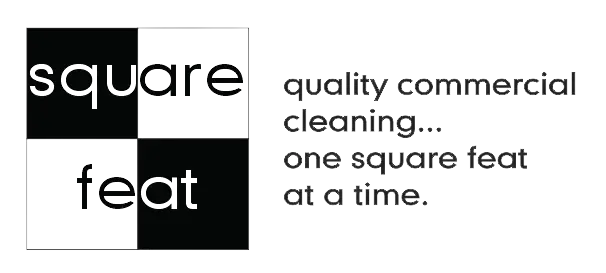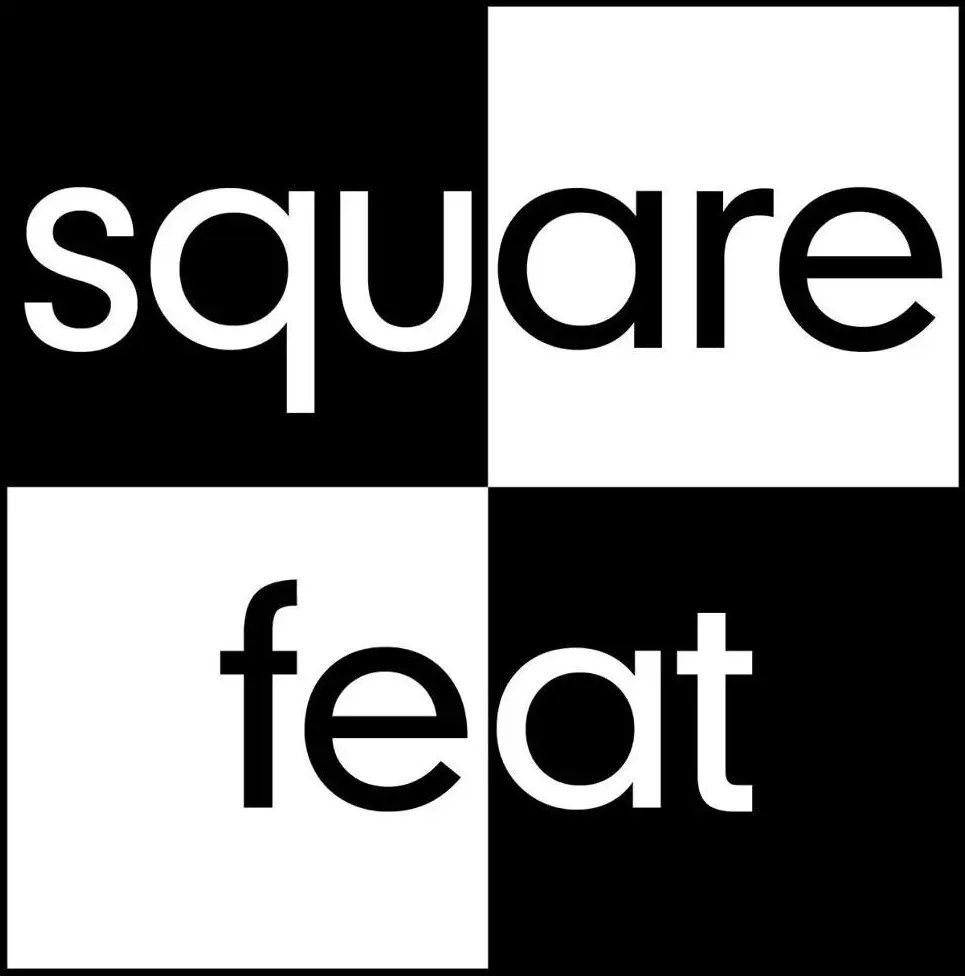Cleaning crews need to be aware of the importance of protecting oneself in medical office cleaning environments. Team cleaning uses an approach consisting of a team of professionals that systematically work together through each area of a facility at the same time. Each professional is trained and assigned to one or more functions as a “Specialist” and the team moves together throughout the building to complete the cleaning routine. A typical team includes the following Specialist:
- Light Duty Specialist
- Vacuum Specialist
- Restroom Specialist
- Utility Specialist
While cleaning as a team, it is important that all Specialist protects themselves during each cleaning! This article will discuss universal precautions for bloodborne pathogens, basics of bodily fluid cleanup, general safety, and some key principles of disinfecting environmental surfaces. These concepts become even more important with medical office cleaning due to the higher likelihood of sharps, bodily fluids, and other potential hazards. If a cleaning team is in an environment where bodily fluids are present, it is imperative for all team members to be familiar with how to protect oneself!
The Six (6) Universal Precautions- Bloodborne Pathogens
A bloodborne pathogen is a germ that is present in an infected person’s blood or other bodily fluids containing blood. One person can transmit these germs to another person, and the germs can cause disease. Exposure to bloodborne pathogens is a risk to anyone encountering blood. Particularly employees at healthcare facilities. To protect oneself the cleaning Specialist should follow these six precautions when exposed to bodily fluids:
- Use a Barrier. Use gloves to protect skin from contact with any bodily fluids! Wear goggles and an apron when handling bodily fluids and you anticipate splatter.
- Thoroughly wash skin. Wash hands and any other skin areas immediately if you contact bodily fluids. Also wash hands thoroughly after carefully removing protective gloves.
- Beware of sharps. Cleaning specialists in the healthcare environment need to take extra precautions due to the potential presence of needles or other sharp items. These can potentially be left on countertops, in trash cans or other areas.
- Minimize the use of any mouth-to-mouth resuscitation procedures to prevent the spread of germs. Use other ventilation devices when able.
- Cleaning specialists in the healthcare environment should avoid patient interaction and leave that to the healthcare professionals on duty. Protect any skin lesions or dermatitis with proper wrap in these environments.
- Pregnant workers in the healthcare environment need to be especially cautious of bodily fluids or any other hazardous fluids to protect oneself and the infant.
Cleaning specialists should not attempt to clean up bodily fluids unless they are specifically trained to do so. In addition to the training, the specialist must follow the six universal precautions as outlined above. You can never be “too careful” especially when providing medical office cleaning!
Body Substance Cleanup – The Basic Steps
When a cleaning Specialists needs to clean up bodily fluids, and the proper training is in place, here a few guidelines to always follow:
- Protect yourself: Use personal protective equipment (PPE). At minimum, this includes gloves, goggles, and the appropriate clothing such as aprons and show covers.
- Clean up the Body Substance: Place needles or sharps into appropriate containers. Use a designated absorbent to pick up liquids. Disinfect area with Germicidal Detergent and pick up with a disposable towel. Pick up all body substance and contaminated absorbents and place in a plastic bag.
- Decontaminate: Use a TB (tuberculosis) disinfectant to decontaminate the area and equipment in contact with bodily fluids. Place all waste in a plastic bag and dispose of it in a properly designated container.
- The Specialist MUST wash hands carefully and thoroughly after the cleaning.
Basic Tools and Equipment for Bodily Substance Clean-up
Here is the shortlist of the proper tools needed for a bodily substance clean-up kit:
*Caution signs for wet floor areas
*Eye goggles and disposable gloves
*Disposal liner bags (red colored biohazard bags if necessary)
*Disinfectant spray bottles
* Granular absorbent
*Paper towels
*Cleaning Chemicals (quaternary disinfectant, germicidal towelettes)
In addition to the cleanup kit, you should use an outline showing the key functions you should perform and the order in which you should complete them. That way if a situation or issue arises, the cleaning Specialist can review the outline and proceed with immediate clean-up.
Why have Proper Equipment/ Chemicals?
Commercial cleaning equipment is designed for specific needs and purposes. Using the proper equipment for a specific task and facility is important to ensure the safety of the workers. The proper tools and equipment, along with the right chemicals, also helps to ensure that the spill is properly cleaned in an efficient manner. It is critical that each cleaning specialist in the team understand the proper use for their equipment and cleaning chemicals.
Other Prudent Safety Steps for Trash Removal
Besides personal protective equipment, wet floor signs, and cleaning chemical SDS sheets, one of the often-missed safety steps by commercial cleaning crews is the proper handling of trash. When dealing with trash, it is important that the specialist be aware of any potential problem items that were disposed of including sharps. This is particularly true in medical office cleaning and dental office cleaning.
To guard against a potential accident, the cleaning specialist should make sure to lift trash bags in a safe manner. You can do this by following safe lifting and handling procedures. Do not try to lift too much at once. Normally, the weight of any trash bag should not exceed about forty pounds. When removing trash from a brute barrel, lay the barrel on its side and pull the bag out onto the floor covered with a liner. Also, do not let trash liners or brute barrel bags brush up against the cleaning specialist body. Always hold and handle trash away from the body. These simple safety tips will help prevent spills on carpeted areas in the event a bag is leaking and insure there are no puncture injuries in the event a sharp object is in the bag!
Nine (9) Principles of Cleaning and Disinfecting Environmental Surfaces
- Hand contact with the surface is the number one transferal from environmental surfaces to patients.
- Cleaning and the disinfecting of environmental surfaces is fundamental in reducing their contribution to healthcare associated infections. Hand hygiene is of fundamental importance as well.
- Though EPA registered disinfectant cleaners are used for the removal of microorganisms from environmental surfaces, physical removal of germs and soil (wiping and scrubbing) is just as important if not more important.
- Decontamination is the removal of organic matter, salts and soils that makes the surface safe to handle or use. This organic matter, if not cleaned, can interfere with microbial inactivation.
- Scrubbing action with detergents and rinsing with water removes large numbers of microorganisms.
- The FDA has approved some antiseptic chemicals as skin antiseptics, but these may not be appropriate for disinfecting environmental surfaces.
- Tuberculosis (TB) is NOT acquired from environmental surfaces. TB germicides are often used for environmental surfaces because of their broad-spectrum capability for other germs. Follow OSHA regulations and compliance when using tuberculocidal chemicals for surface disinfection.
- The EPA regulates environmental surface germicides (intermediate/ low-level disinfectants) and labels them with the EPA registration numbers. The proper selection and use of chemical germicides is a matter of judgment, based on label information, instructions, and regulations. Proper investigation is prudent for any situation.
- Spaulding’s three (3) levels of disinfection: high-level, intermediate level and low-level. The specific environment and the instrument/surface classification determines the appropriate level of disinfection for an instrument or surface.
Pandemic Planning for Cleaning Organizations
For information regarding pandemic cleaning protocol, visit www.pandemicflu.gov. It is important that the cleaning Specialist reacts appropriately to pandemics. Specific training will teach and outline the proper steps needed to do so. Some of these steps include a) conducting an initial survey of all affected locations of the direct and indirect contact, b) have the appropriate chemical and safety equipment ready for use, c) proper hand washing procedures, and d) maintain a practice to create a clean and dry surface to work.
Square Feat is Here to Handle all your Janitorial Needs!
Your janitorial cleaning company should always handle any cleaning issues that you may have immediately and proficiently. If this is not the case, it might be time to look for another janitorial service. Does your cleaning service get back to you in a timely fashion if not the same day? They should be.
Square Feat has been serving commercial clients in the Phoenix metropolitan area for more than two decades with basic janitorial services, carpet cleaning, floor refinishing and other special services. The Phoenix Business Journal and Arizona Business Magazine recognize Square Feat as a top full-service janitorial provider.
Please, visit this page to learn more about the cleaning services they provide or to obtain a free no obligation quote for your facility. Contact us here or call 480-777-0605 to schedule an appointment to survey your facility.
For more information on medical office cleaning, please visit this article.
References:
https://www.cdc.gov/MMWR/preview/mmwrhtml/00023587.htm
http://mededucation.org/spaulding-classification/



